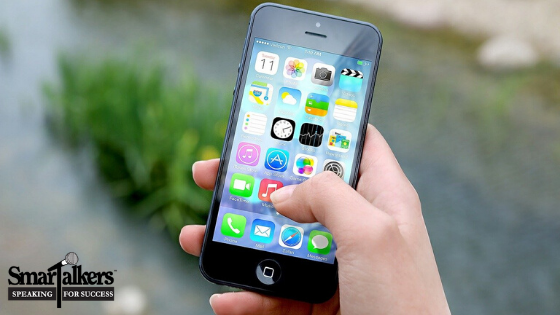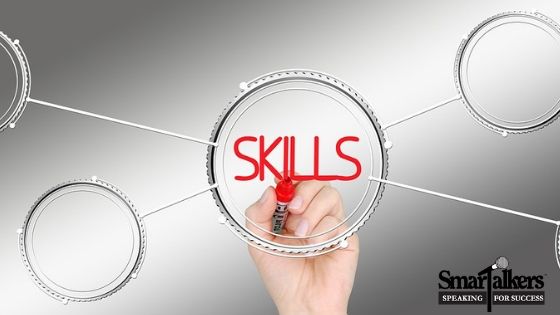
This is not an opinion on to wear or not to wear a mask. Instead, I invite you to think about this.
As if we don’t have enough already, we now have another factor that has the potential for our communication with others to break down.
Have you noticed, at times, it’s more difficult for people to communicate when wearing masks? How about you? Muffled speech, unable to read all the facial expressions, and just can’t hear the speaker requiring them to repeat. Frustrating! In addition, think about those that have hearing and auditory processing issues. It can greatly impact their ability to understand you causing increased frustration and even embarrassment. Many people with hearing issues use lip reading to help them understand.
Pulling from my speech pathologist background, I recommend 3 things to discourage communication breakdowns and encourage communication connections:
- Increase the loudness of your voice to accommodate the filter of the mask.
- Speak clearly.
- If you’re a fast talker, slow down.
Be kind, be considerate, and be safe.









